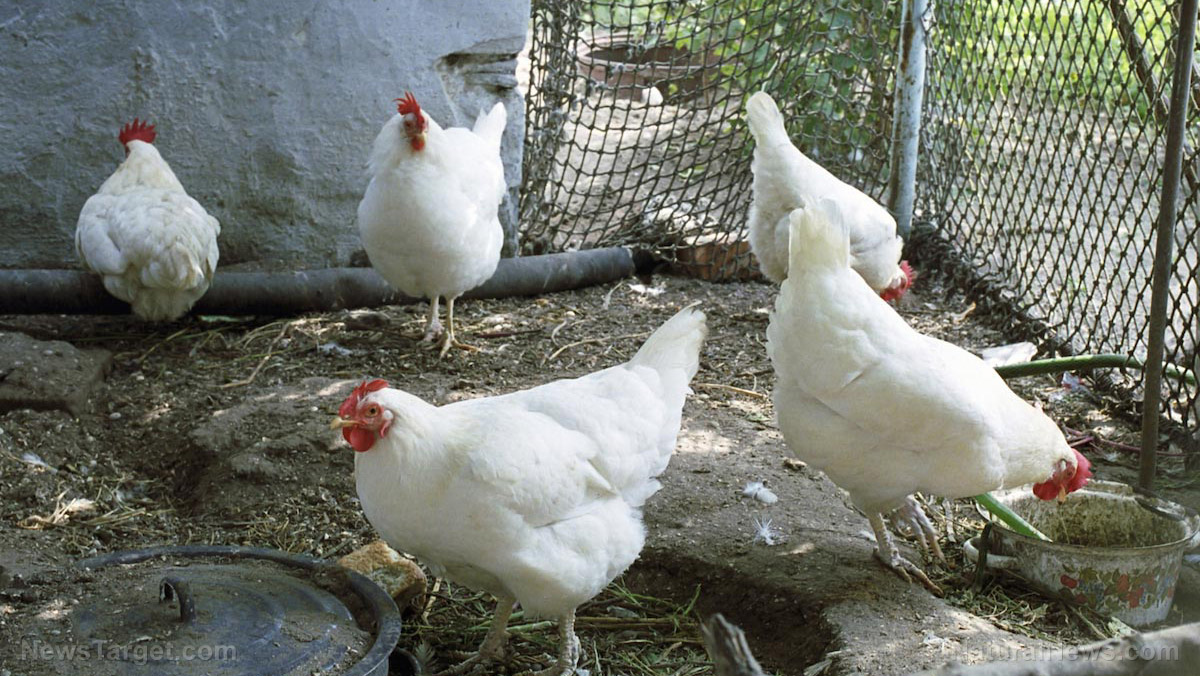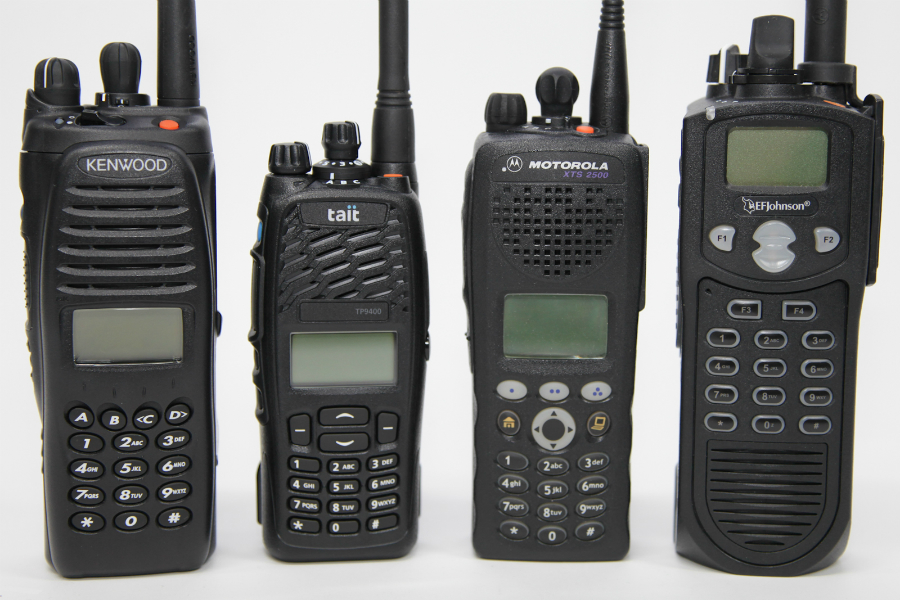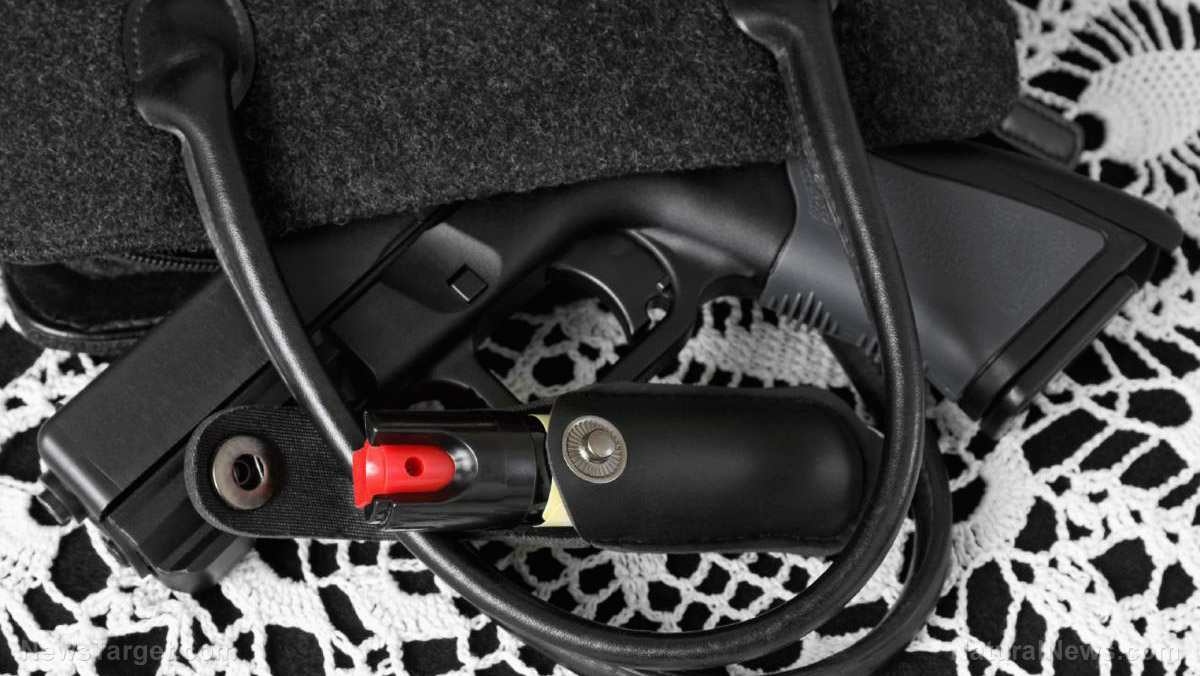6 Features your chicken coop must have
11/04/2017 / By Janine Acero

Raising backyard chickens appeals to many people because it gives them full control over the quality of chickens and eggs they consume. If you are just beginning to embark on your journey to becoming a backyard chickens keeper, one of the main things to consider is the overall happiness of your flock. When building your chicken coop, it’s best to take note of some requirements.
When building your chicken coop, size is one of the first things to consider. Keep in mind the overall comfort of your flock; a crowded coop will stress them out, just like any animal or human that requires personal space. A minimum of four square feet per bird is enough but if you can give your flock more space, the better. You will also be adding in nest boxes and roosting areas, so pay particularly careful attention when it comes to planning this out.
Your hens will need adequate nest boxes in which to lay their eggs. Generally, you want your nest boxes to be approximately 12 inches by 12 inches and you want enough boxes so that there’s one for every three laying hens. You can use all sorts of items for your nest boxes such as five gallon buckets on their sides, milk crates, re-purposed shelves or dressers. Keep in mind that free-range chickens may lay wherever they want, and it won’t always be the ones you provided for them.
Like all animals, chickens need a place to sleep. Provide a space for them to roost, as chickens don’t sleep on the ground. In general, give at least 12 inches of space per bird. Roosts should be at least 12 inches away from the wall; this provides them space for their head or tail to hang off comfortably. Additionally, give at least a couple of feet between the uppermost roost and the ceiling so that your birds won’t hit the ceiling when jumping up to their roosts.
Ventilation is also important to let fresh air circulate inside the coop at all times. Chickens make a lot of dust and dirt from their droppings, their feathers, and the bedding, not to mention all the scratching they do. Your chickens will need fresh air to ensure their lungs are in perfect health. Remember to leave some openings around the coop windows or along the eaves of the roof.
Your chicken coop has to be able to keep other animals out. Check for gaps or holes that are big enough for small or slender animals such as rats or snakes, as well as larger predators like opossums or raccoons. Cover all large openings with wire and completely block the small ones. It’s also advisable to “child-proof” your door latches to ensure that both a toddler and say, a raccoon can’t open them. Your chicken coop also has to keep moisture and water out, so it pays to make sure the roof and floors won’t leak and that heavy wind won’t cause rain to drip through the ventilation holes.
Your feed storage area can also be a target for unwanted guests. Store your feed in a covered container such as metal trash cans with very tight fitting lids. This effectively prevents rodents from invading, and prevents moisture from reaching the food.
Lastly, your chickens need enough space to stretch out their wings and roam around. If you live in the city or have a big problem with predators, a covered run might be a better fit for you; make sure to give each bird a minimum of 10 square feet. Of course, more room is always the better option for your chickens, especially since there is always a chance of adding more birds later on. (Related: How to raise chickens in the city.)
To learn more about homesteading, read Homesteading.news.
Sources include:
Submit a correction >>
Tagged Under:
backyard chickens, chicken coop, homesteading, how-to, tips
This article may contain statements that reflect the opinion of the author
RECENT NEWS & ARTICLES
COPYRIGHT © 2017 OFFGRID NEWS





















